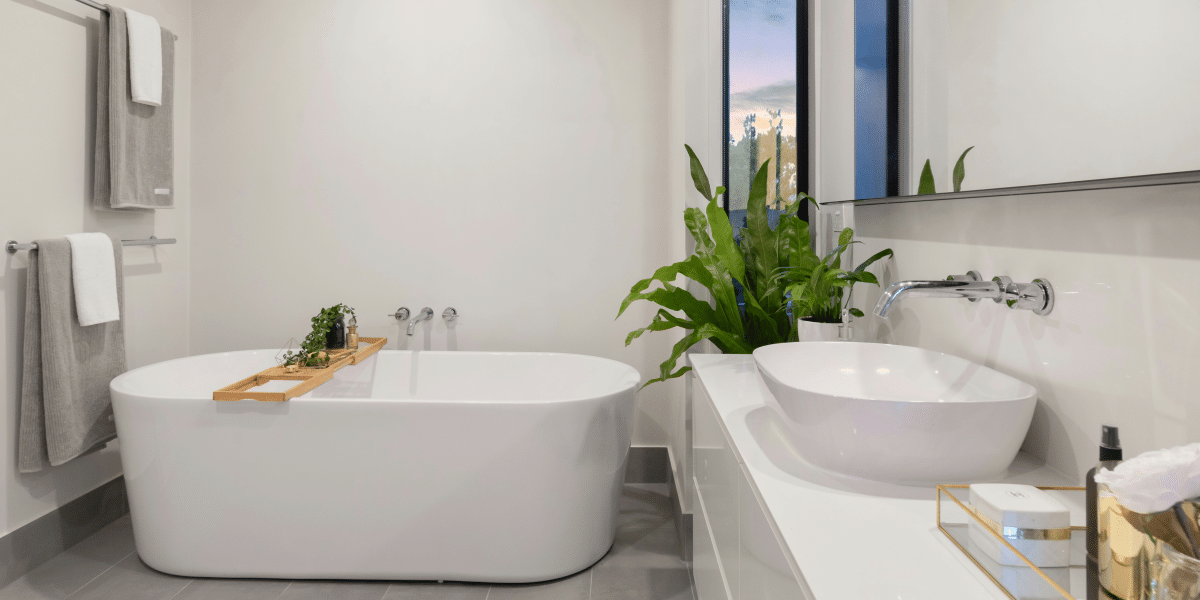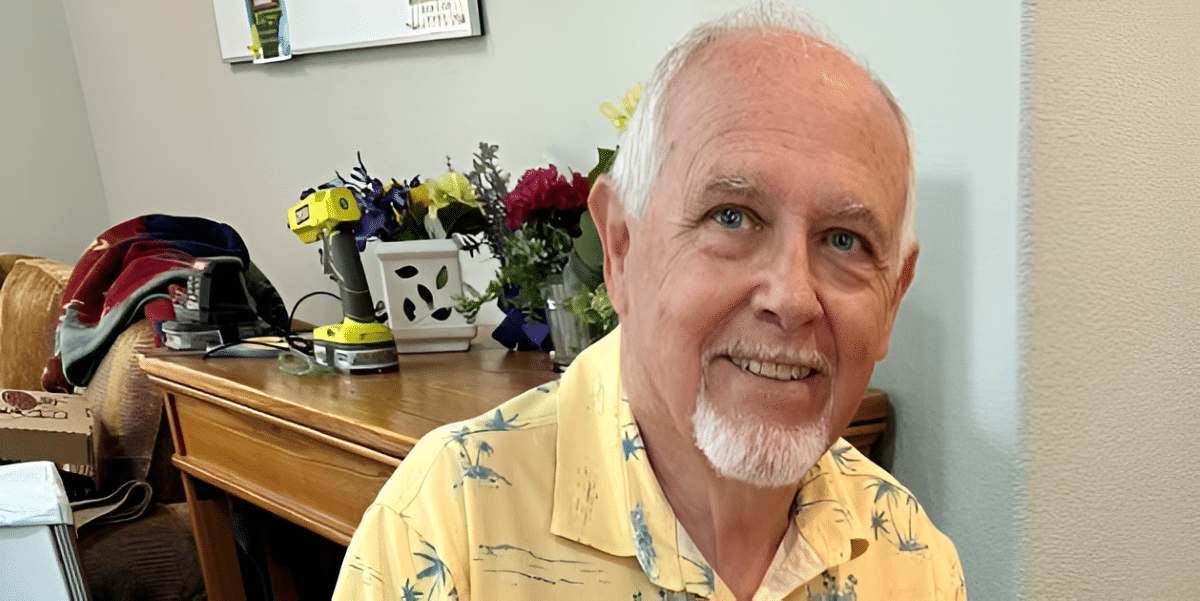In the intricate art and science of beekeeping, the placement of beehives plays a pivotal role in the success and health of the bee colony. Gabriela Bratkovics from White Plains brings her ten years of beekeeping experience to highlight why choosing the right spot for your hives is not just a matter of convenience, but a critical decision that affects the well-being of your bees, the productivity of the hive, and even the quality of the honey produced.
The Foundation of Hive Health
“Hive placement is the first decision you’ll make that impacts every aspect of your bees’ lives,” Gabriela begins. She points out that bees are remarkably adaptable creatures, but they thrive best when we align their living conditions with their natural preferences and needs. The right location can enhance foraging efficiency, regulate hive temperature, and minimize stressors such as predators or harmful human activities.
Sunlight: The Balancing Act
Sun exposure is crucial for hive health. Gabriela advises, “You want your hive to catch the morning sun. It helps wake the bees up early to start foraging.” However, too much sun, especially in hotter climates, can overheat the hive. Strategic placement where there’s morning sun followed by afternoon shade can provide an optimal balance.
Wind and Weather Protection
Protection from wind and severe weather conditions is another consideration Gabriela emphasizes. “Placing your hives with a natural windbreak like trees or a hedge can make a big difference in protecting your bees from cold winds,” she says. Additionally, ensuring the hive entrance faces away from prevailing winds helps in reducing wind chill within the hive, keeping the bees warmer during cold seasons.
Accessibility and Water Sources
Accessibility for both the beekeeper and the bees is a factor that cannot be overlooked. Gabriela recommends placing hives in a location that is easy to access for regular maintenance and inspections but also in proximity to a clean, reliable water source. “Bees need water just like we do, and having it nearby saves them energy,” she notes, highlighting the importance of water for cooling the hive and processing honey.
Elevation and Drainage
“Elevation is key to avoiding dampness,” Gabriela advises. Placing hives off the ground on stands or pallets ensures good air circulation beneath the hive and prevents issues associated with dampness, such as mold growth and mite infestation. Good drainage in the area is also essential to prevent flooding during heavy rains.
The Importance of Quiet and Calm
Choosing a quiet, calm location for your hives can significantly reduce stress on the bees. Gabriela suggests, “Bees can thrive in both rural and urban settings, but they do best in peaceful surroundings where they’re not constantly disturbed by loud noises or heavy traffic.”
Considerations for Human and Bee Coexistence
Finally, Gabriela stresses the importance of considering the impact of hive placement on humans and pets. “We need to ensure that our bees’ flight paths don’t cross areas where people or pets frequently pass,” she says. Strategic placement can minimize the risk of bee-human interactions, making it safer for both parties.
In conclusion, the placement of bee hives is a decision that requires thoughtful consideration of multiple factors, including sun exposure, protection from elements, accessibility, water sources, elevation for drainage, and peaceful coexistence with humans and pets. Gabriela Bratkovics’s insights underscore the significance of hive placement in beekeeping, reminding us that the success of a bee colony starts with where we choose to set their home. By carefully selecting the right spot, beekeepers can provide their bees with a solid foundation for health, productivity, and harmony with their environment.
Published By: Aize Perez










